How and When to Prune Acer Trees : A Complete Guide

Table of Contents
One of the most beautiful and precious flora of any beautiful garden is the Acer trees. Famously known as the Japanese maple or maple, its attractive and unique foliage radiates vibrant colours during autumn. This is a deciduous tree with unique growing styles. Japanese maple can grow as a shrub or a small tree in a small yard. In a medium-sized or spacious landscape, the large-sized Acers thrive in abundance.
If you want to plant this tree in your garden, you should have a fair knowledge of pruning techniques as it keeps the tree healthy and at its peak.
In this blog, we have compiled all information on Acer pruning. You will learn how and when to prune the plant through easy-to-follow instructions. Moreover, you will read the pruning tips to shape the maple plant to enhance its natural beauty by controlling its growth.
Know Your Acer Tree
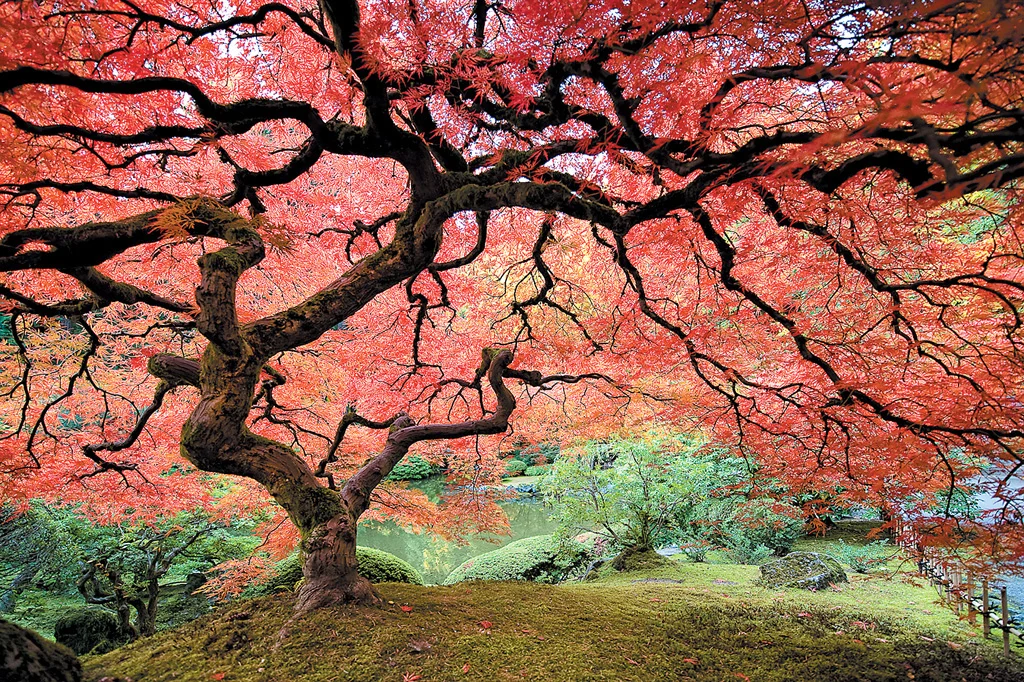
| Scientific name | Acer plamatum |
| Other names | Japanese maple, palmate maple |
| Type | Deciduous tree or shrub |
| Soil preference | Acidic/alkaline soil |
| Sunlight requirements | partial shade/shade garden |
| Garden height and width of Acer | Maximum 25 feet |
| Height and width in the container | Maximum 10 feet |
The Right Time for Acer Pruning
Although you are desirous of changing your garden’s view with Acer trees, you feel least confident owing to limited knowledge of “when to do.’ Here are some pointers to assist you in deciding the appropriate period for pruning your Acer tree.

1. Acer Pruning Season
Although most of the Acer tree varieties require minimum pruning, gardening experts agree that the best time to prune Acer trees is during the dormant period, between December to February.
Acer trees go for a deep slumber during this period and hence do not feel the intense shock of pruning. In addition, pruning at this juncture lowers the possibility of secretion from trimming wounds, which might exhaust or harm the tree.
2. Avoid Extreme Cold
You might think the wintertime is the best time for Acer pruning, but note down some vital information. Avoid pruning when temperatures are below zero.
Typically trees experience briefly reduced winter resilience after pruning. Thus they become susceptible to damage from sudden drops in temperature to low levels. This heightened sensitivity peaks two days post-pruning period and slowly ends after a fortnight. The most threatening cuts are sizeable and on young maple trees.
Hence, it is risky for your dormant maple tree to clip during freezing temperatures.
3. Maintain Shape and The Look
Japanese maples are famed for their charming disposition. They grow in different hues, shapes, and sizes. A mature maple tree can reach a height and width of 10-25 feet and has an oval shape with layers of branchlets. They are an easy-to-maintain type and seldom need large-scale pruning.
In this condition, when your Acer grows a sturdy and straight branch that upsets the stability and look of the tree, you can prune it by making a side branch. Sometimes growers may prune Acers for visual appeals, for instance, in bonsai culture and decorative pruning or topiary.
To preserve the tree and produce aesthetically pleasing forms, eliminate or trim branches as needed, but be careful not to go overboard.
4. Pruning for a Healthy Acer Tree
It is vital to remove wilted, infected, or dead parts of the Acer tree for its well-being. Separate the overlapping branches or ones which are spreading on the wrong track. It is crucial to enhance the form of the tree to create visually pleasing forms.
Consider leaving smaller Acer plants of a height of 4 feet or below and giving them the freedom to grow naturally, but larger ones require balanced trimming to enhance their shape and visual appeal.
5. Visual Hints for Pruning
Some prominent indications in the Acer trees lead the growers to trim the tree branches. The scanty growth of Japanese maple trees can be a matter of concern. Besides, intertwined and lanky Acer branches specify the plant’s health conditions. The traversing ones may chafe against one another and harm the tree.
When the maple tree branches grow too close, it suggests that it needs trimming. More sunlight and fresh air can enter the tree after pruning. It helps the tree become open up.
Acer Tree Pruning Methods
Pruning is required to maintain the Acer’s health and sustain its stunning foliage. Moreover, this species shows a positive response to pollarding and coppicing. Continue reading to learn all aspects of pruning techniques.
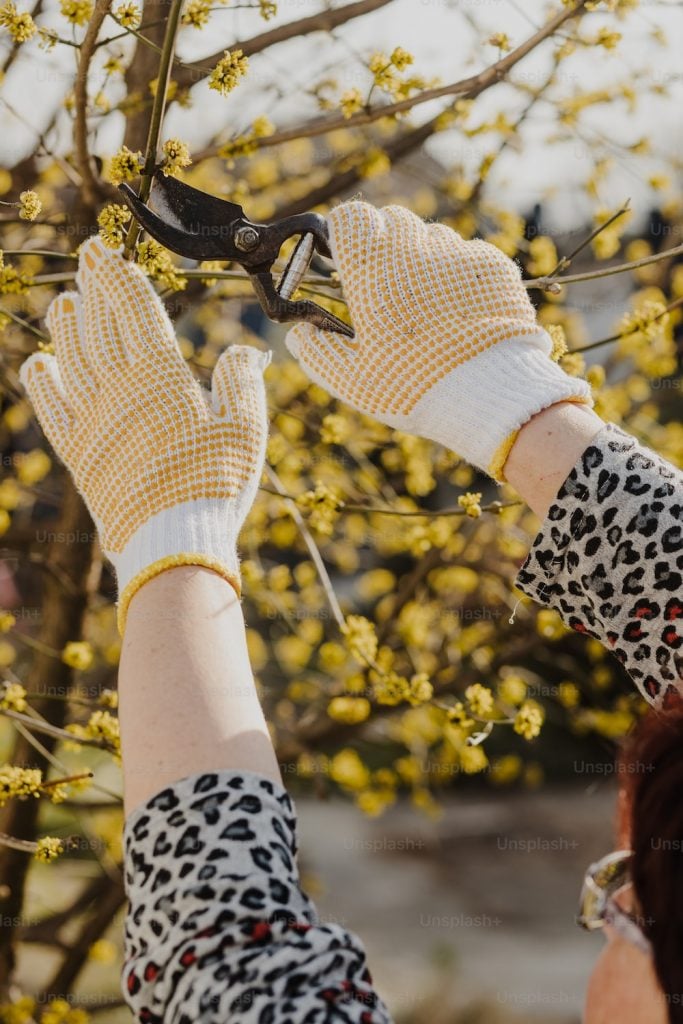
1. Pruning Rules for Acer Trees
The pruning method is uncomplicated. Just adhere to the standard pruning guidelines mentioned here.
- Select the appropriate tool and timing.
- You should clip any winter dieback to begin trimming Japanese maples.
- Reduce the branches that are too long or wide if you want to decrease the height or width of your tree.
- Avoid removing too many leaves at once.
- Abandon those branches that are wider than half the leader or main stem.
- Avoid making cuts less than 0.5 cm from the main stem because doing so increases the risk of infection.
- Pruning should be done gradually. Pick up only the live stems that will be removed and do the task patiently.
- Immature Japanese Maples frequently sprout an isolated new shoot in a specific direction if left unchecked, and it will continue to grow and develop a disproportionate plant.
- Acer’s primary or the leading limb needs to be strong.
- Often, species like Acer davidii forfeit the dominant shoot and give birth to two side shoots.
- You should remove one of them; the remaining branch will take over as the incumbent.
2. Coppicing Methord
Coppicing is done by trimming a tree all the way down to the ground, which encourages the growth of new stems from its foot. This pruning method is applied for a variety of reasons, such as fostering a large single-trunked shrub instead of a large tree. The growers follow this procedure for other reasons too.
- To create new stems on shrubs with attractive winter stem colour
- To stimulate plants to have larger leaves and to create woody stems
- If your Acer tree is aged, this trick will revitalize and restore the old one.
- It also provides the tree to form an eye-catching shape.
3. Pollarding Methord
In order to manage a tree’s mature form—typically into an evenly oval-shaped crown—pollarding is applied. There are also many reasons for pollarding an Acer tree.
- Pollarding is suitable for the Acer plants that grow with other trees planted nearby in a small space.
- It is the ideal alternative to the tree’s overgrowth, which might cause an obstacle for other smaller plants if it isn’t replaced in another spot.
- Due to space scarcity or the garden setup, the tree may grow close to a fence, power line, or other obstruction.
- If your yard is not spacious and you have cultivated other smaller plant types, apply pollarding as an effective method for your small-sized landscape.
- In order to pollard a tree, the main stem of the tree must be removed. It needs to be done along with any lateral limbs that are identical in length and located only a few meters from the tree crest.
4. Alerting Methord
However, you need to apply pollarding with caution. Sometimes, trying to control the height of a Japanese Maple may not produce the desired result.
Sometimes you notice that your tree grows more quickly with spindly and unruly branchlets. In this condition, decide to focus on customising the expanse of the tree to trigger a healthy and neat growth.
Pay attention to your tree to see how its shape changes after each cut. Do not cover the wounds with tar or paint; they will close up and heal naturally.
A Step-By-Step Acer Pruning Guide
- If you are not an experienced grower, you may feel overwhelmed by the deluge of information. This guide will further help you complete the pruning task without any doubt.
- Take away any infected or decaying branches first. Remove them at the lowest point.
- Next, cut away any limbs that are touching or traversing one another. From the ground level, if there are double branches, trim off the shortest of the two boughs.
- Check for boughs that are branching directly upward or downward. You may get rid of these branches as well.
- The last step in shaping the tree is to cut off inordinately long boughs or those expanding in an unfavourable direction.
- Learn to make precise cuts with secateurs or pruning clippers. It’s crucial for your plan’s health. It helps the tree to recover adequately after pruning. The tree does not succumb to weakness or disease. Cuts should be made at an angle of 45° and with sharp secateurs.
- Prune at a height of 50cm.,right above a pair of healthy shoots. A pruning saw is required for large trees.
- To encourage branching in the spring, trim these shoots to about one-third of their original length.
- Clean your tools after completing pruning for a tree to stop disease transmission.
- The ergonomic handle design is heavy duty, comfortable and lightweight. It can reduce stress on your...
- The handle part of the pruning shears made by high-purity PP+TPR plastic, especially the hand grip...
- The blade has been sanded so deter tarnish and rust, its all matched easy-to-use safety lock. The...
Pruning Tips for a Potted Acer Plant
The foliage of the Acer plant is impressive. The flamboyant shrub’s middle section must be visible and thus be widened up. For potted Acers, this is more effective because it allows the visitors to see the attractiveness underneath the lateral form.
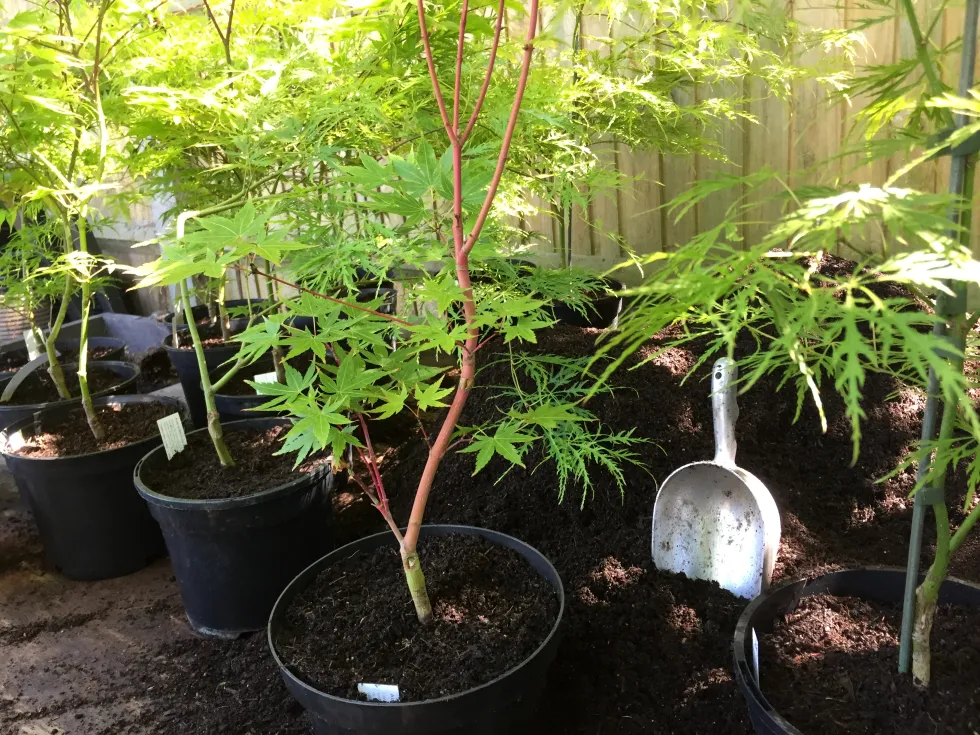
- Just prune down to a few inches or less from the main branch. Always aim to prune Acers to just beyond an outward-looking bud. Apply a neat set of cutters or pruning scissors.
- Take the plan out of the pot. The plant will detach simply by turning its container facedown or on its side when it is a big container and too heavy for you to carry in one hand. Remove the roots and topsoil.
- Remove the outer circular sprouts of roots carefully with a soil knife or pruner. The rooting section must be loose.
- The measurement of your container and the size of your plant determine how many roots you should remove. If necessary, you can remove as much as one-third of the rootball. Before repotting your plant, add fresh soil.
- When precisely done, root-pruning can enhance the plant’s growth and general health and retain its charm.
- INCLUDING SAUCER | Greenville proves that looks and practical design can go very well together. The...
- DURABLE | The pot is built for extensive and long-term use. Both indoor and outdoor, the colour...
- MIX & MATCH | This flower pot for indoor and outdoor is available in various colours and sizes that...
Pruning Tips for Bonsai Japanese Maple
A Japanese maple’s foliage is crucial to both the tree’s structural soundness and aesthetic appeal. Make sure to assess the maple plant carefully before beginning to trim it. The most noticeable components are dead twigs that are not likely to grow back.

The bonsai can be thinned to maintain its bifurcation and lessen the need for cutting the tree crown. Be careful not to cut plants too sharply to prevent them from shock and suffering structural and aesthetic damage.
Reduce the size of your Japanese Maple Bonsai during the period of dormancy. If the tree is pruned too soon, it may lastly die from stunted growth. Only in the spring, once there is evidence of decaying leaves and twigs, pruning can be done.
Things to Remember
- In the first winter of existence, new maple trees can be trimmed to develop a short trunk and more shrubbery pattern.
- When you do pruning in winter, leaf shedings make it convenient to identify the internal makeup of your trees.
- Pruning is best done between the end of summer and the end of winter before the sap begins to rise. You can trim modestly at any time.
- The Acer hedgerows need pruning not only in the wintertime but also in the latter stages of spring as well as in September to keep them tidy and manageable.
Conclusion
We deeply feel that the information in the article on Acer pruning has given you the knowledge you need to grow an Acer tree confidently.
Pruning makes the Acer trees get rid of damaged foliage and diseases. The charm of the plant enhances due to pruning. Always use clean pruning tools to avoid the spread of diseases. While pruning mature Acer trees, use a pruning saw. However, too much pruning causes harm to this beautiful plant. At the same time, follow the guidelines to prune potted Acers and Japanese bonsai maple.
That’s all for now! Best of luck with the Acer’s gardening.



![How and When to Prune an Apple Tree [UK]](https://www.thearches.co.uk/wp-content/uploads/How-And-When-To-Prune-An-Apple-Tree.jpg)
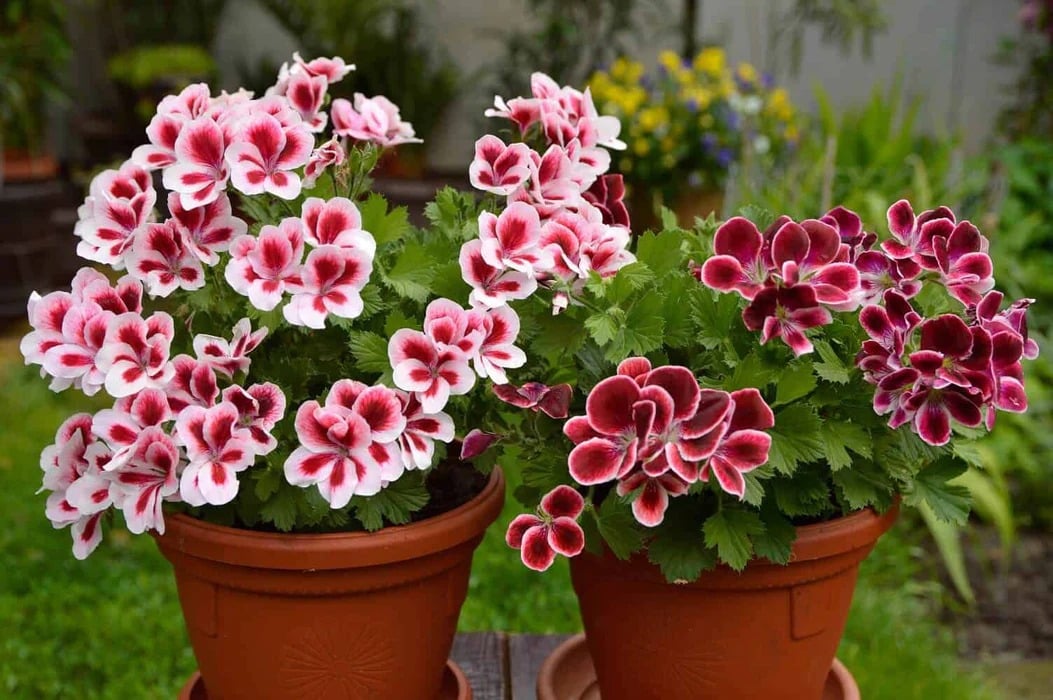



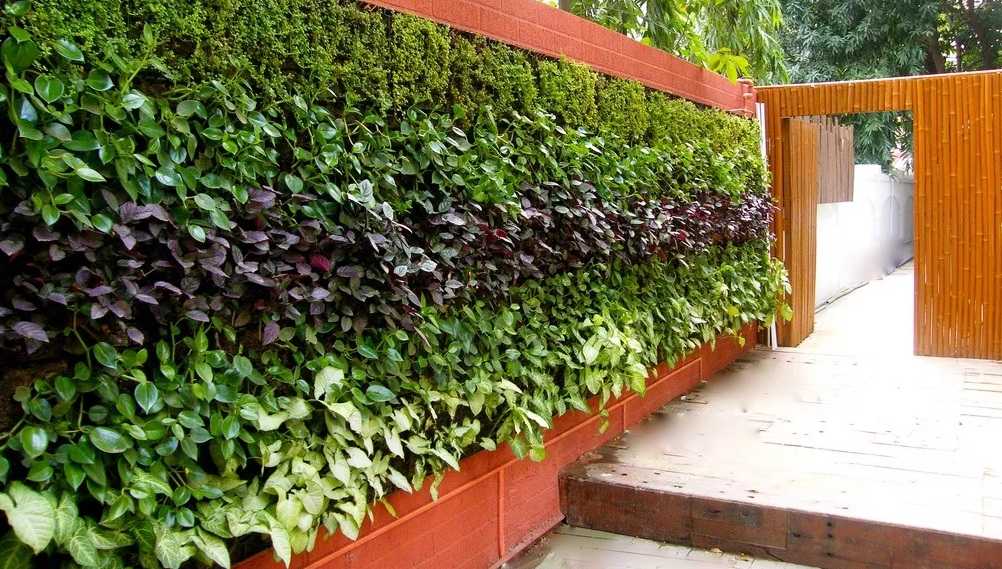
5 Comments